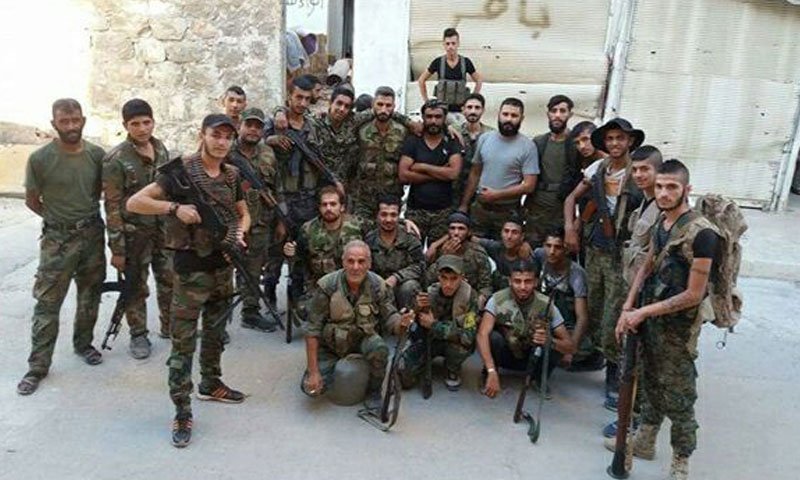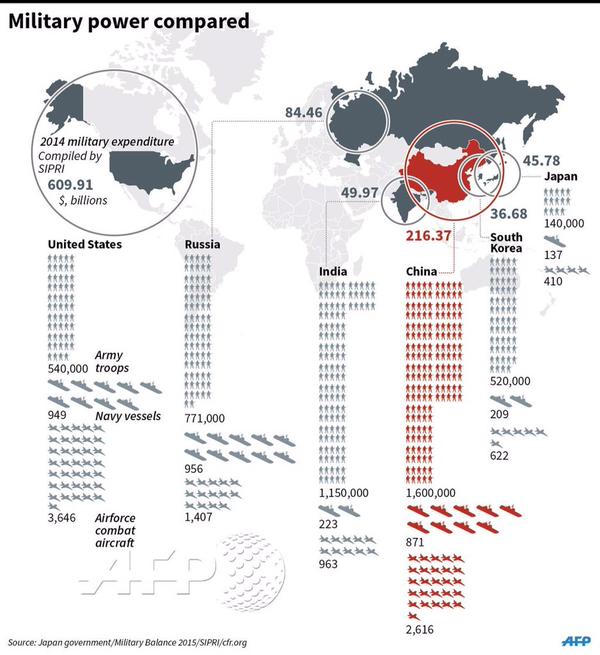
Paul Staniland, a professor of political science at the University of Chicago, has a new article in The Washington Post‘s Monkey Cage blog that contends that the U.S. is increasingly relying on a strategy of “violence management” in dealing with the various counterinsurgency, counterterrorism, and stability conflicts (i.e. “small wars”) it is involved with around the world.
As he describes it,
America’s “violence management” strategy relies on light ground forces, airpower and loose partnerships with local armed actors. Its aim is to degrade and disrupt militant organizations within a chaotic, fractured political landscape, not to commit large numbers of forces and resources to building robust new governments.
…Violence management sidesteps politics in favor of sustained military targeting. This approach takes for granted high levels of political disorder, illiberal and/or fractured local regimes, and protracted conflicts. The goal is disrupting militant organizations without trying to build new states, spur economic development, or invest heavily in post-conflict reconstruction.
…It has three core elements: a light U.S. ground force commitment favoring special forces, heavy reliance on airpower and partnerships of convenience with local militias, insurgents, and governments.
…Politically, this strategy reduces both costs and commitments. America’s wars stay off the front pages, the U.S. can add or drop local partners as it sees fit, and U.S. counterterror operations remain opaque.
Staniland details the risks associated with this strategy but does not assess its effectiveness. He admits to ambivalence on that in an associated discussion on Twitter.
Whither SFA?
Partnering with foreign government, organizations, and fighters to counter national security threats is officially known by the umbrella terms Security Force Assistance in U.S. government policy terminology. It is intended to help defend host nations from external and internal threats, and encompasses foreign internal defense (FID), counterterrorism (CT), counterinsurgency (COIN), and stability operations. The U.S. has employed this approach in various forms since World War II.
Has it been effective? Interestingly enough, this question has not been seriously examined. The best effort so far is a study done by Stephen Biddle, Julia Macdonald, and Ryan Baker, “Small Footprint, Small Payoff: The Military Effectiveness of Security Force Assistance,” published the Journal of Strategic Studies earlier this year. It concluded:
We find important limitations on SFA’s military utility, stemming from agency problems arising from systematic interest misalignment between the US and its typical partners. SFA’s achievable upper bound is modest and attainable only if US policy is intrusive and conditional, which it rarely is. For SFA, small footprints will usually mean small payoffs.
A Mixed Recent Track Record
SFA’s recent track record has been mixed. It proved conditionally successful countering terrorists and insurgents in the Philippines and in the coalition effort to defeat Daesh in Iraq and Syria; and it handed a black eye to Russian sponsored paramilitary forces in Syria earlier this year. However, a train and advice mission for the moderate Syrian rebels failed in 2015; four U.S. Army Special Forces soldiers died in an ambush during a combined patrol in Niger in October 2017; there are recurring cases of U.S.-trained indigenous forces committing human rights abuses; and the jury remains out on the fate of Afghanistan.
The U.S. Army’s proposed contribution to SFA, the Security Forces Assistance Brigade, is getting its initial try-out in Afghanistan right now. The initial reports indicate that it has indeed boosted SFA capacity there. What remains to be seen is whether that will make a difference. The 1st SFAB suffered its first combat casualties earlier this month when Corporal Joseph Maciel was killed and two others were wounded in an insider attack at Tarin Kowt in Uruzgan province.
Will a strategy of violence management prove successful over the longer term? Stay tuned…

 Between 2001 and 2004, TDI undertook a series of studies on the effects of urban combat in cities for the U.S. Army Center for Army Analysis (CAA). These studies examined a total of 304 cases of urban combat at the divisional and battalion level that occurred between 1942 and 2003, as well as 319 cases of concurrent non-urban combat for comparison.
Between 2001 and 2004, TDI undertook a series of studies on the effects of urban combat in cities for the U.S. Army Center for Army Analysis (CAA). These studies examined a total of 304 cases of urban combat at the divisional and battalion level that occurred between 1942 and 2003, as well as 319 cases of concurrent non-urban combat for comparison.




 [This article was originally posted on 11 October 2016]
[This article was originally posted on 11 October 2016]
